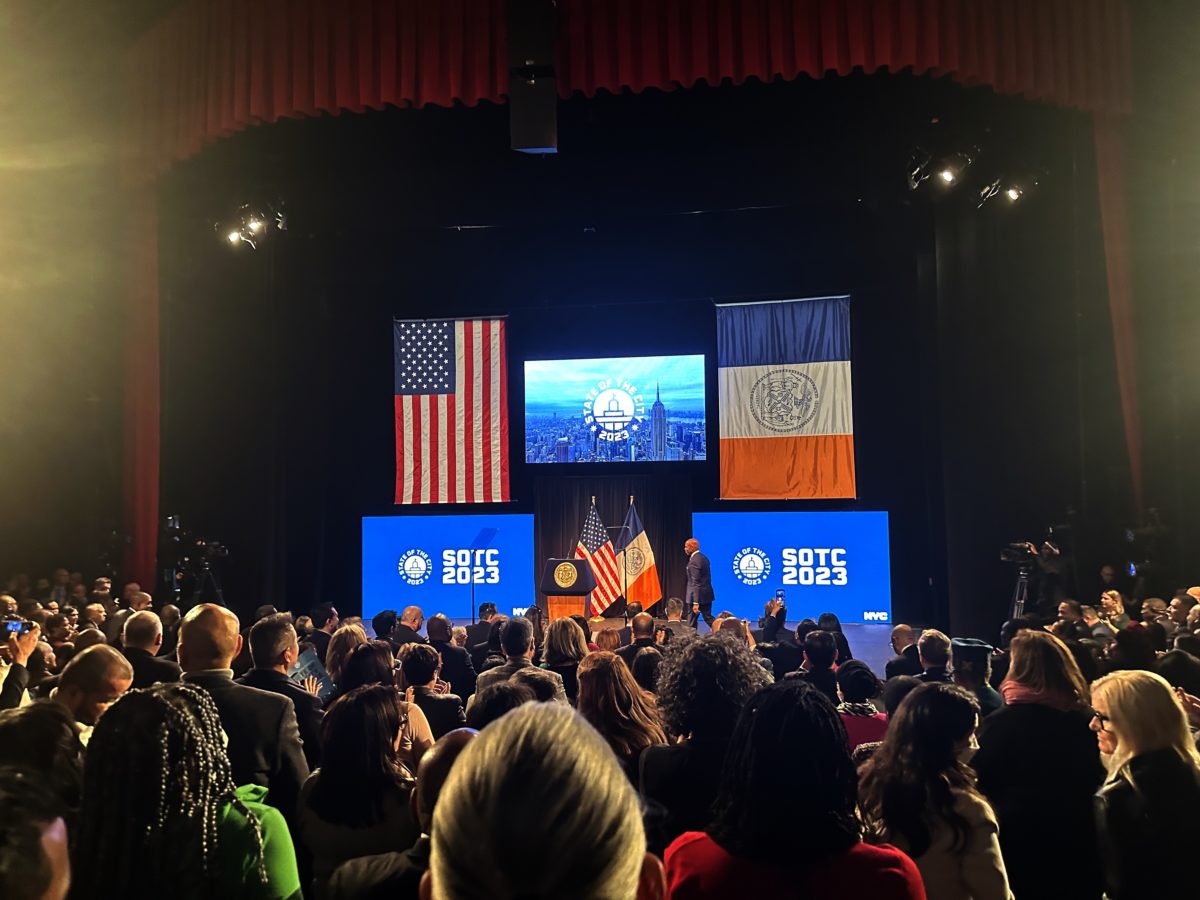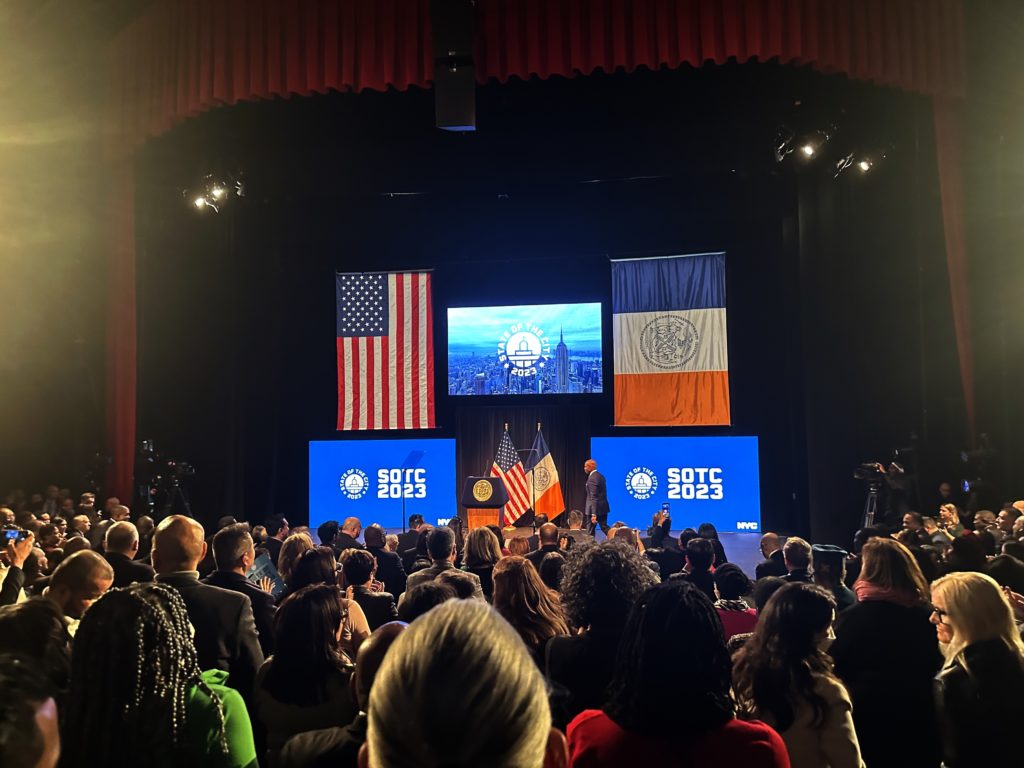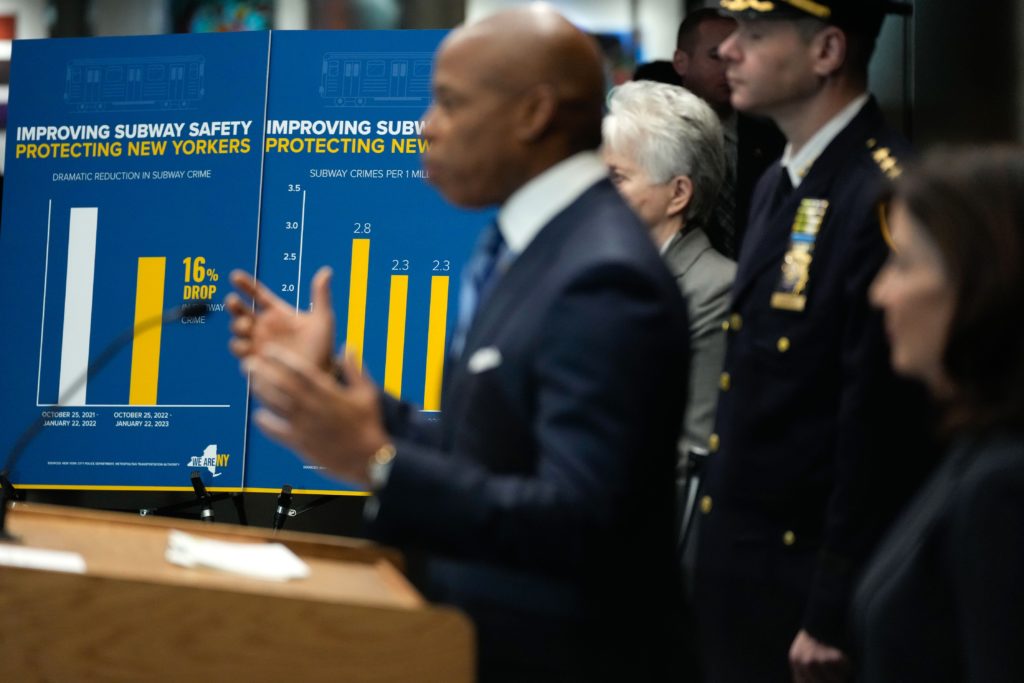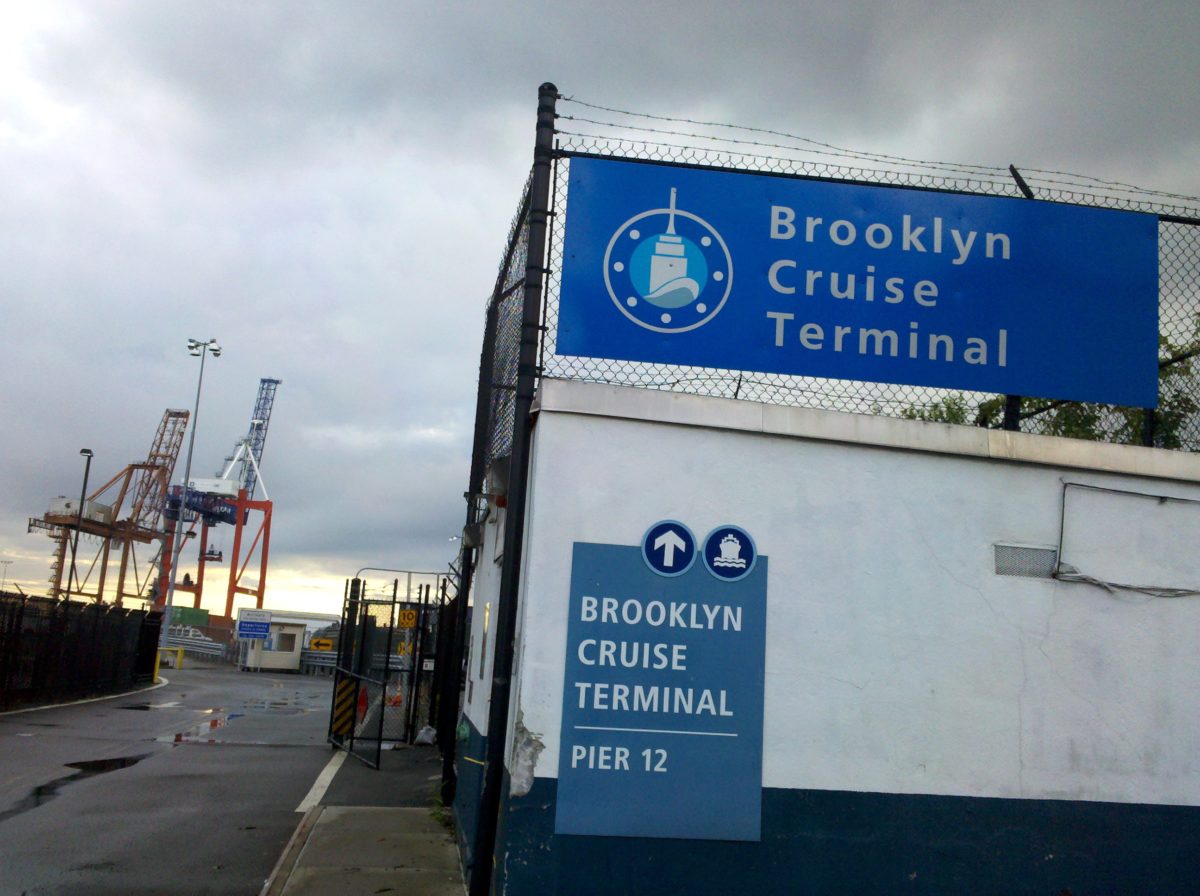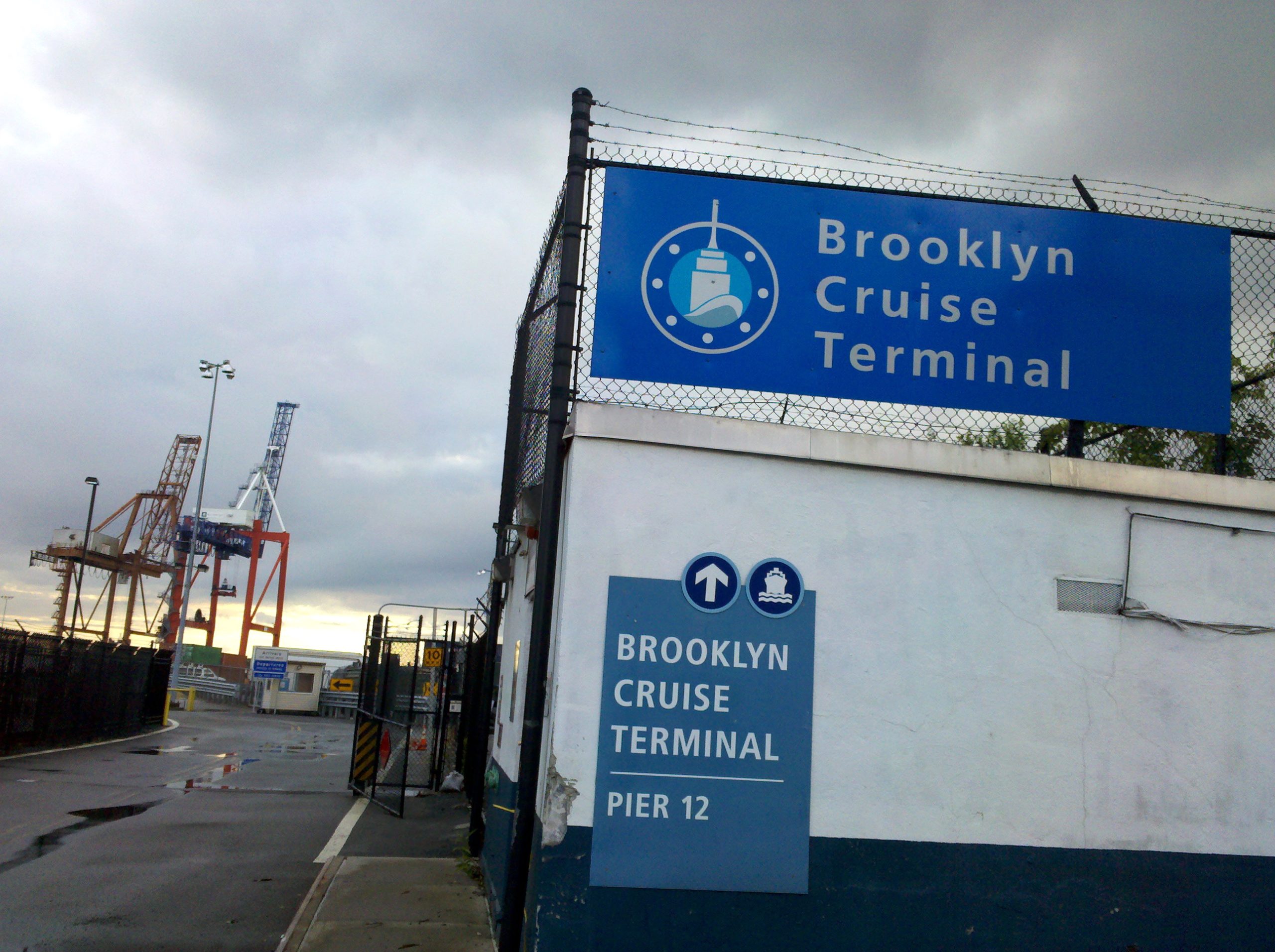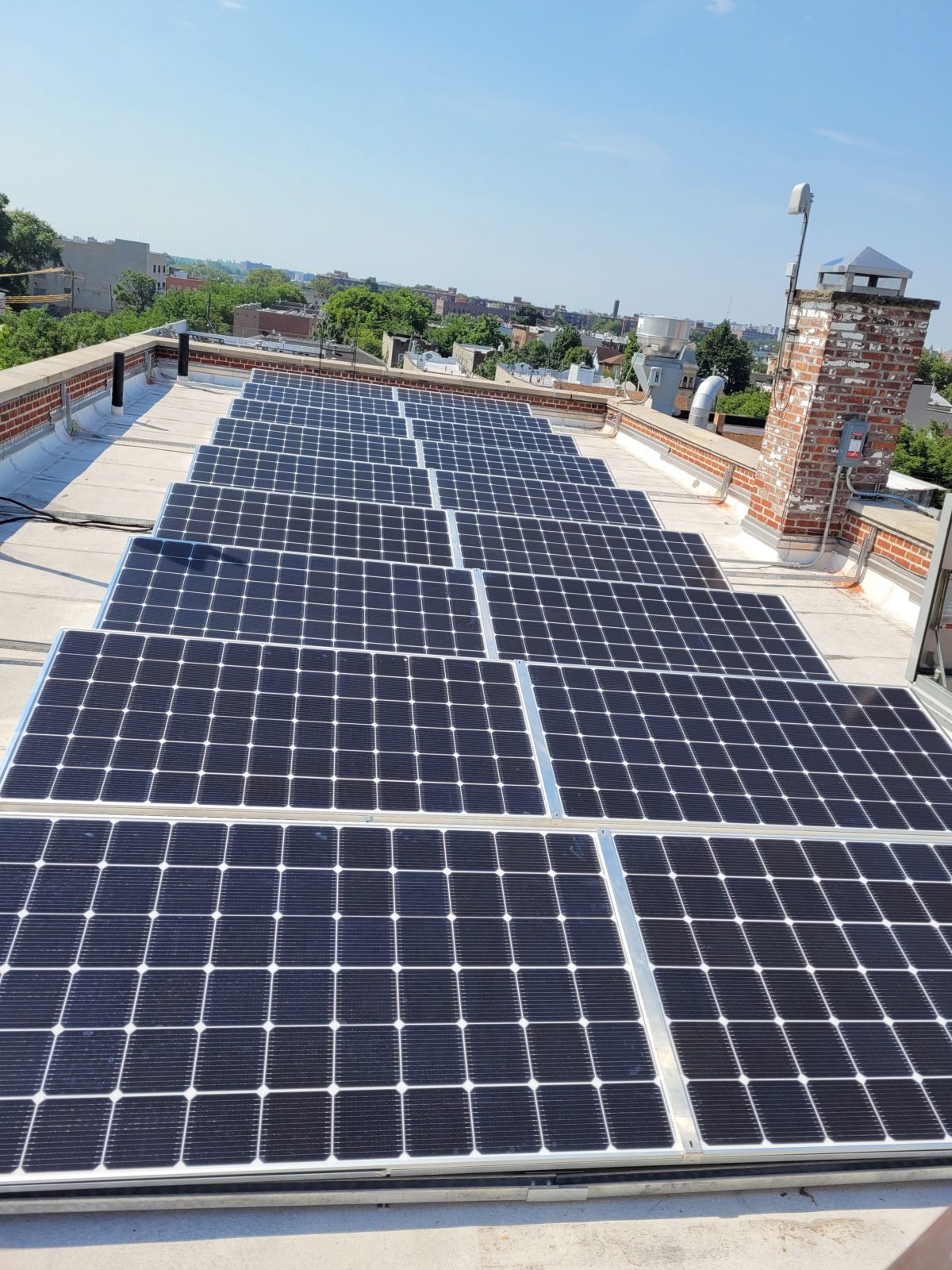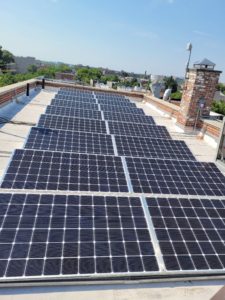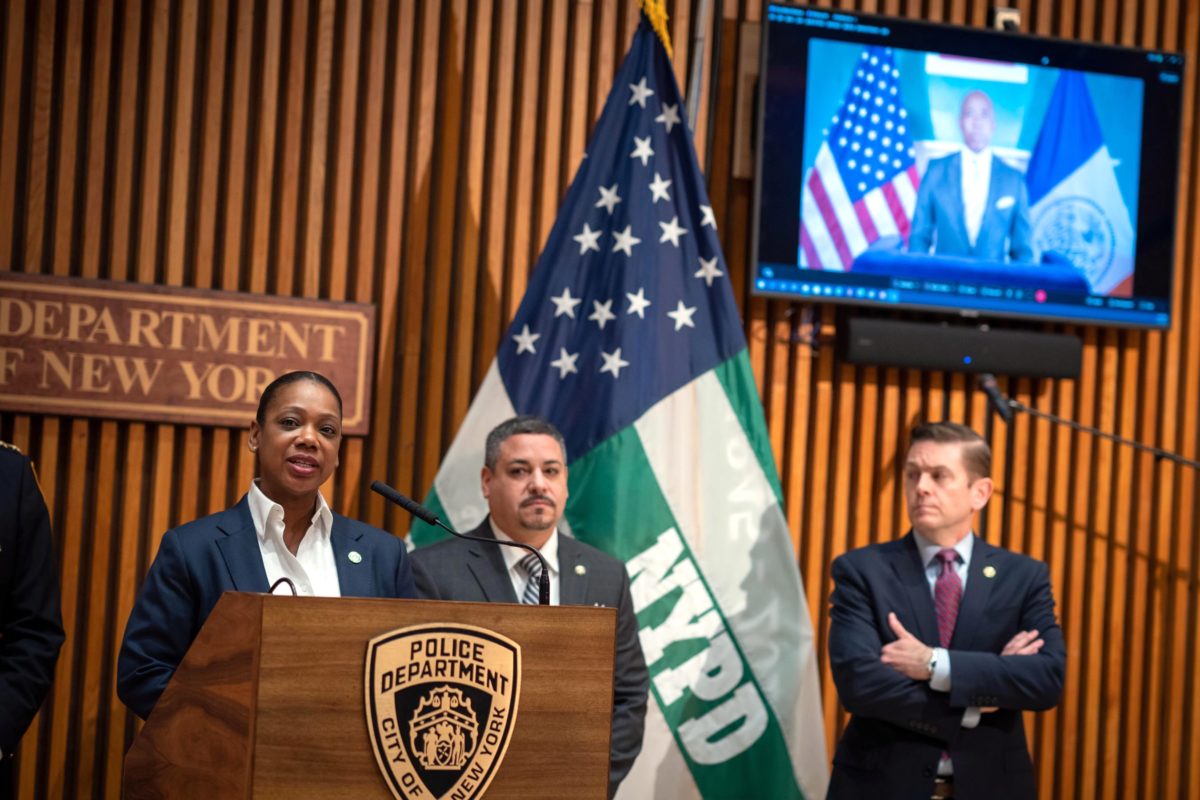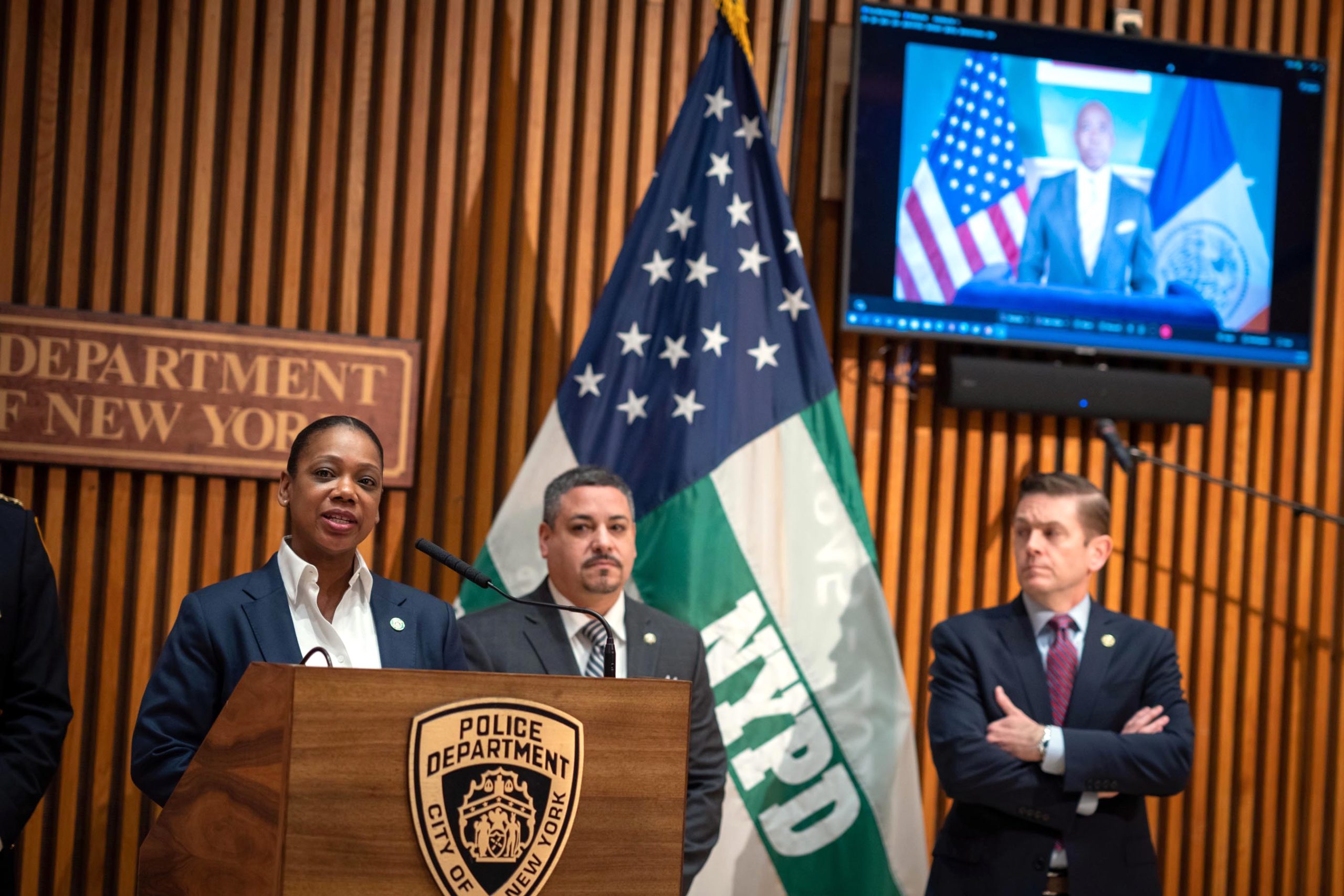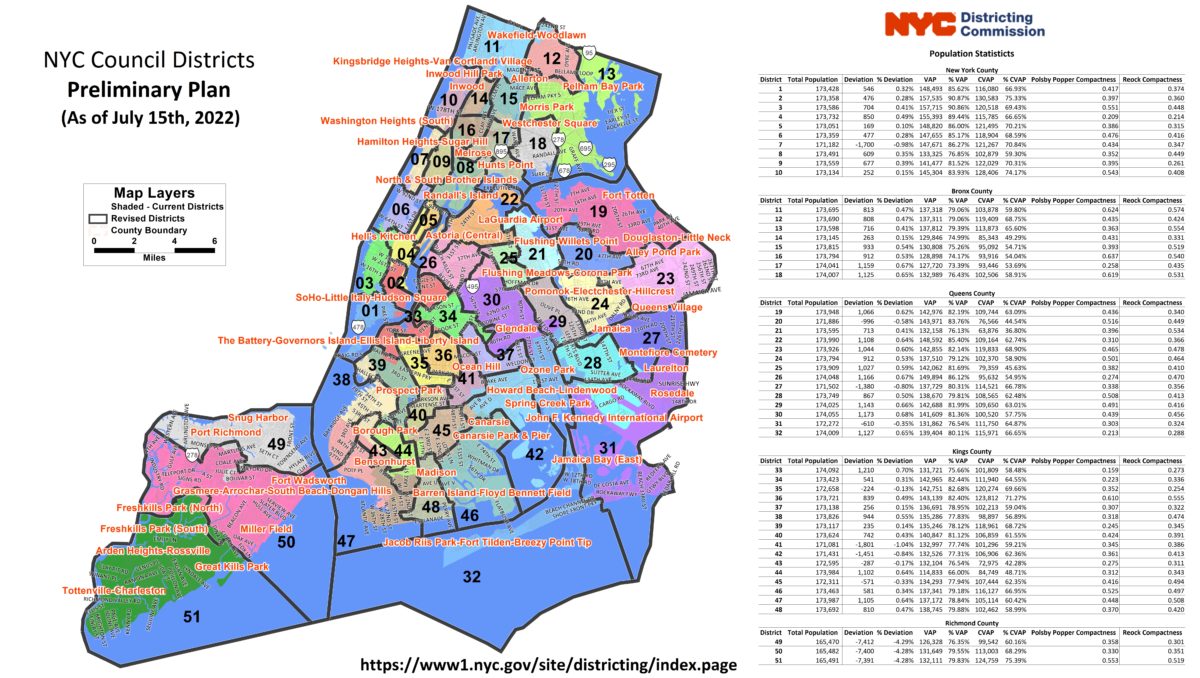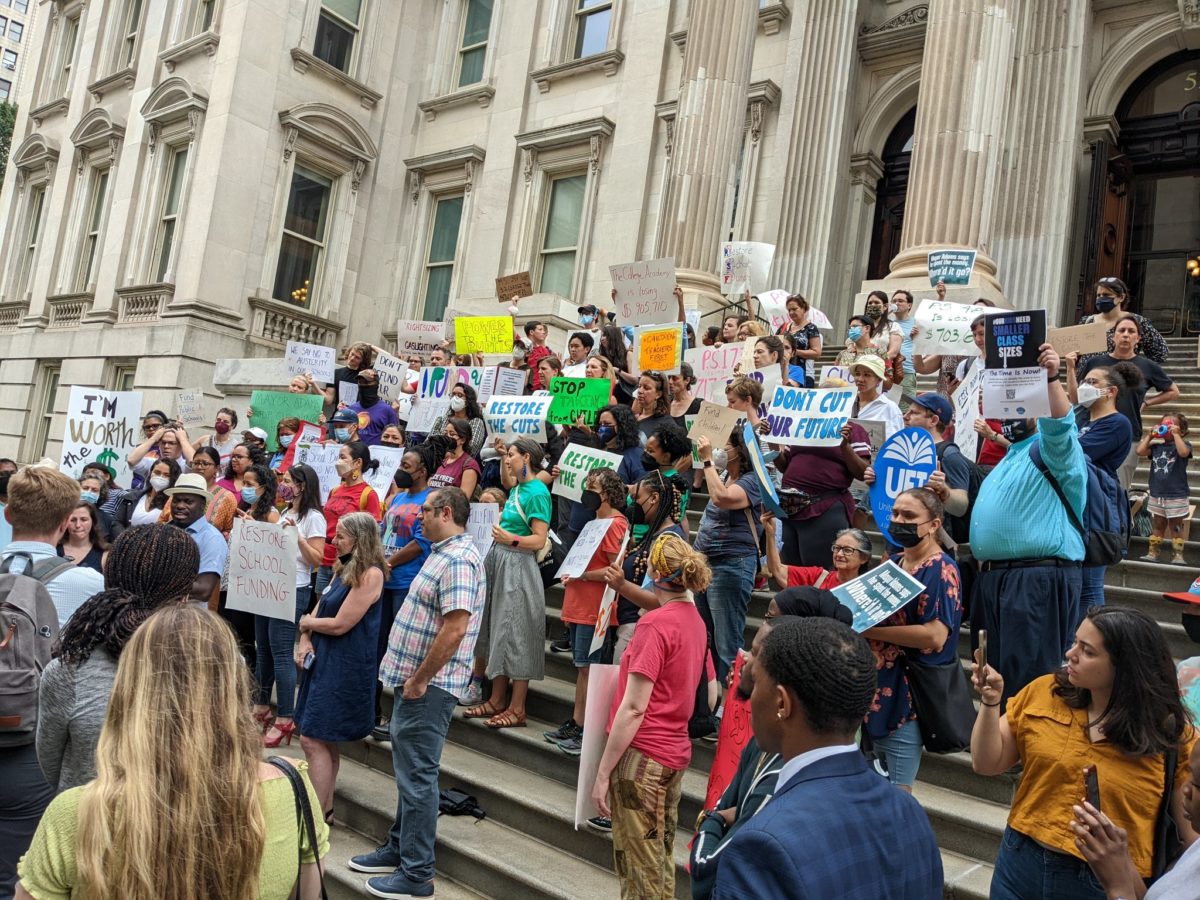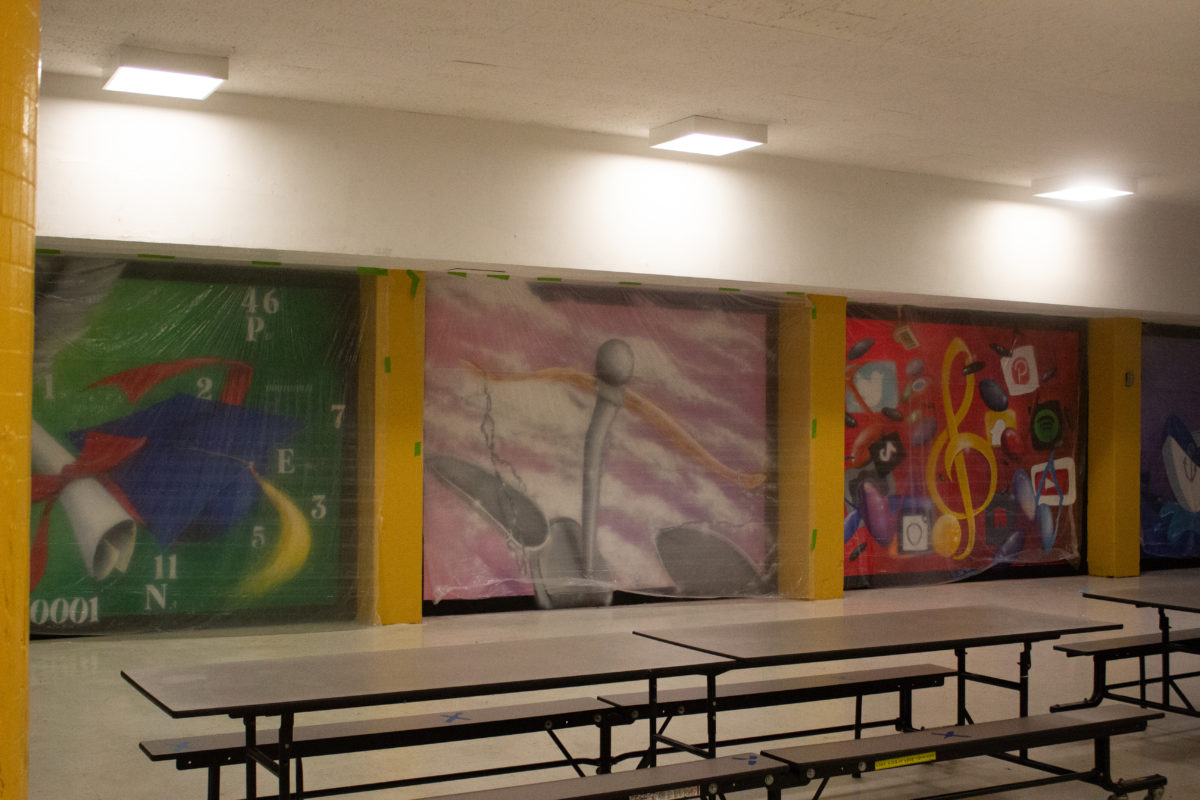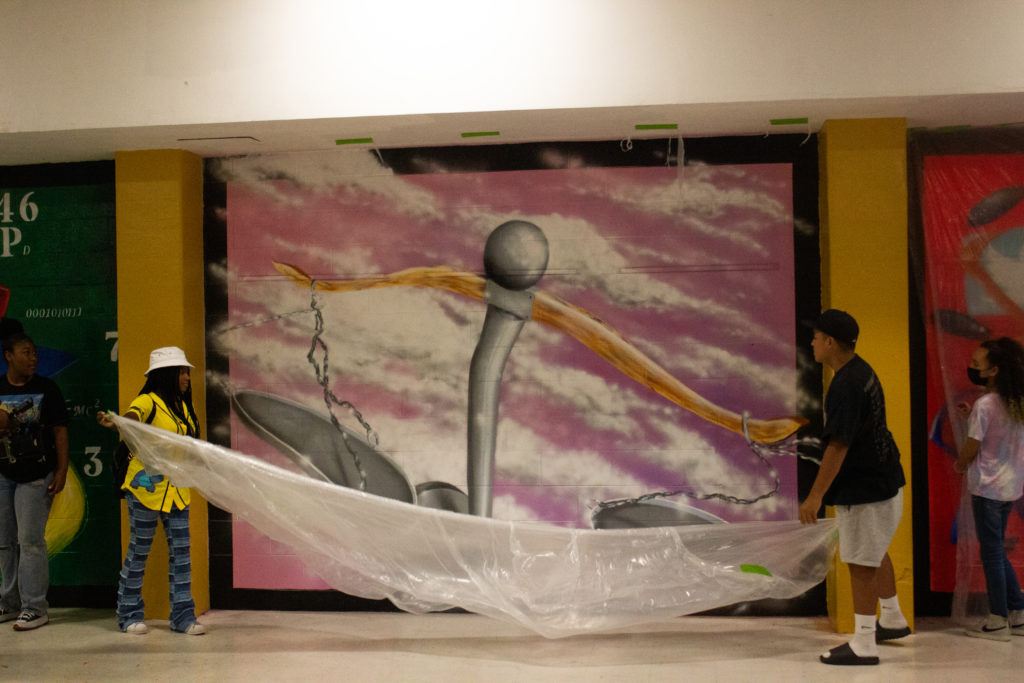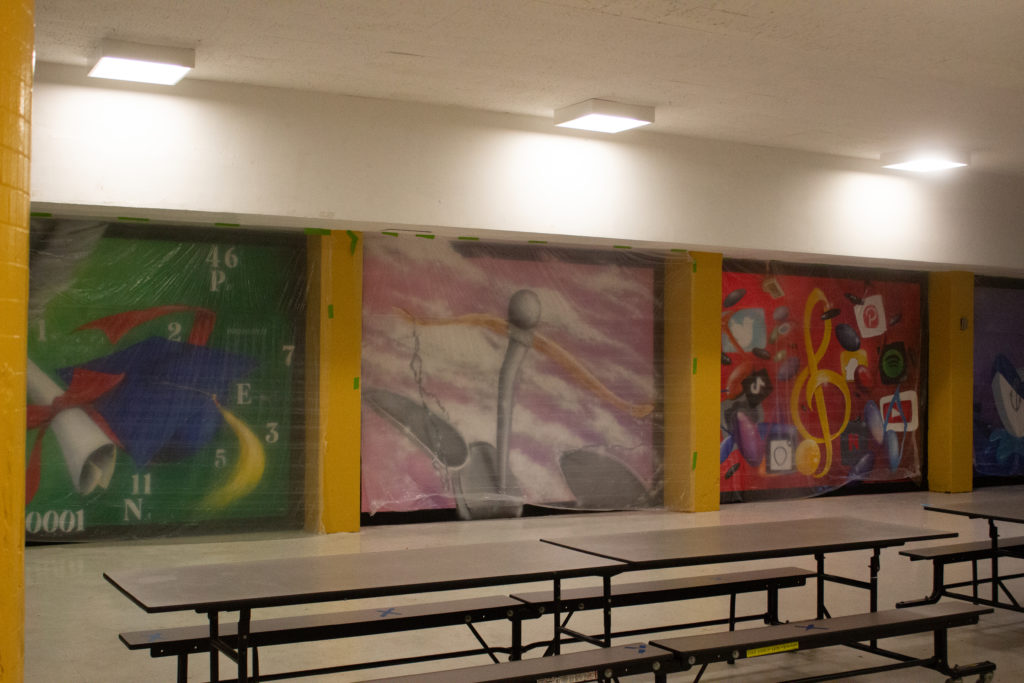Exclusive: 1-year-interview with Joann Ariola
New district lines include slivers of Glendale
By Matthew Fischetti
mfischetti@queensledger.com
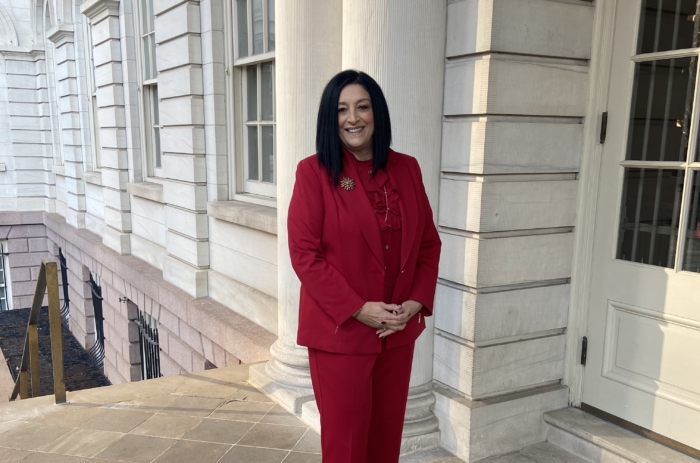
Joann Ariola. (Photo: council.nyc.gov)
Last year, Joann Ariola comfortably sailed to victory to represent City Council District 32 – which stretches from Belle Harbor up to Southeast Queens nabes like Howard Beach, Ozone Park and Woodhaven.
The Queens Republican bested Democratic candidate Felicia Singh, capturing over 67 percent of the vote in a district previously represented by fellow Republican Eric Ulrich since 2009.
Although she was just elected to her first term last year: Ariola has been a long time presence in the community. A lifelong resident of the district, Ariola, 64, previously served the president of the Howard Beach Lindenwood Civic Association and as the Chairwoman of the Queens Republican Party.
Our paper dedicated to catch up with Ariola to discuss her first year in office as well as discuss upcoming initiatives.
“What surprised me most was [after my first year] how well, a body of 51 people who come from different backgrounds and ideologies can really pull together to make a better city,” Ariola said in a recent Zoom interview.
While Ariola is one of a handful of Republicans in the Democrat denominated city council, she said that she often takes a bipartisan approach to legislating, citing her position on the Common Sense Caucus – a group of conservative and center-leaning legislators, which include registered Democrats like Bob Holden and Kalman Yeger.
In her first year in office, Ariola has been the first primary sponsor of five pieces of legislation and two resolutions. One of Ariola’s bills, a law that requires the Fire Department to survey firehouses on whether they have gender specific bathrooms for female firefighters, was passed by the council and signed by the Mayor last year.
“And the mayor has already signed that into law and you know, that had widespread bipartisan support. Why? because it’s common sense. That’s how I approach things,” Ariola said.
Ariola also wrote a bill that would create an office of Marine Debris Disposal and Vessel Surrendering, which would be responsible for coordinating between federal, state and local authorities to remove debris from New York City’s shores; find ways to recycle and reuse the material; as well as developing new practices to prevent the act.
While the bill is still in committee, it has been sponsored by a majority of the council. Ariola told BQE Media that she expects the bill to pass before the end of February.
“We cannot win in this district, a Republican cannot win without Democrat and Independent voters,” Ariola said, who represents a district where over 50 percent of voters are registered Democrats.
“I ran on three major points to the platform: public safety, quality of life and education. Those are the three top subjects when we were knocking on doors – that’s what people cared about most,” she continued. “And that resonated with the voters. It didn’t matter their background – any type of ethnic background, religious background, or enrollment in a party.”
In respect to quality of life issues, Ariola said she has tackled the issue by funding additional cleanups in both commercial districts and residential streets in the neighborhood. While the issue has not fully been addressed, she said the city is in the procurement phases to get cameras to monitor chronic dumping areas throughout the district. She also emphasized working with the Queens Economic Development Program to clean up graffiti in the district.
While 2022 issues largely centered around public safety, Ariola said that quality of life issues and the economy. Specifically, Ariola said that she is looking into taxes and contributing reasons to why New Yorkers are leaving for other states.
Ariola exclusively told BQE Media that she will be sponsoring legislation that would require Deliveristas to have to register their vehicles and have them insured.
While Ariola is repping many of the same neighborhoods as previous years, her district lines have added slivers of Glendale and Woodhaven while losing parts of Ozone Park.
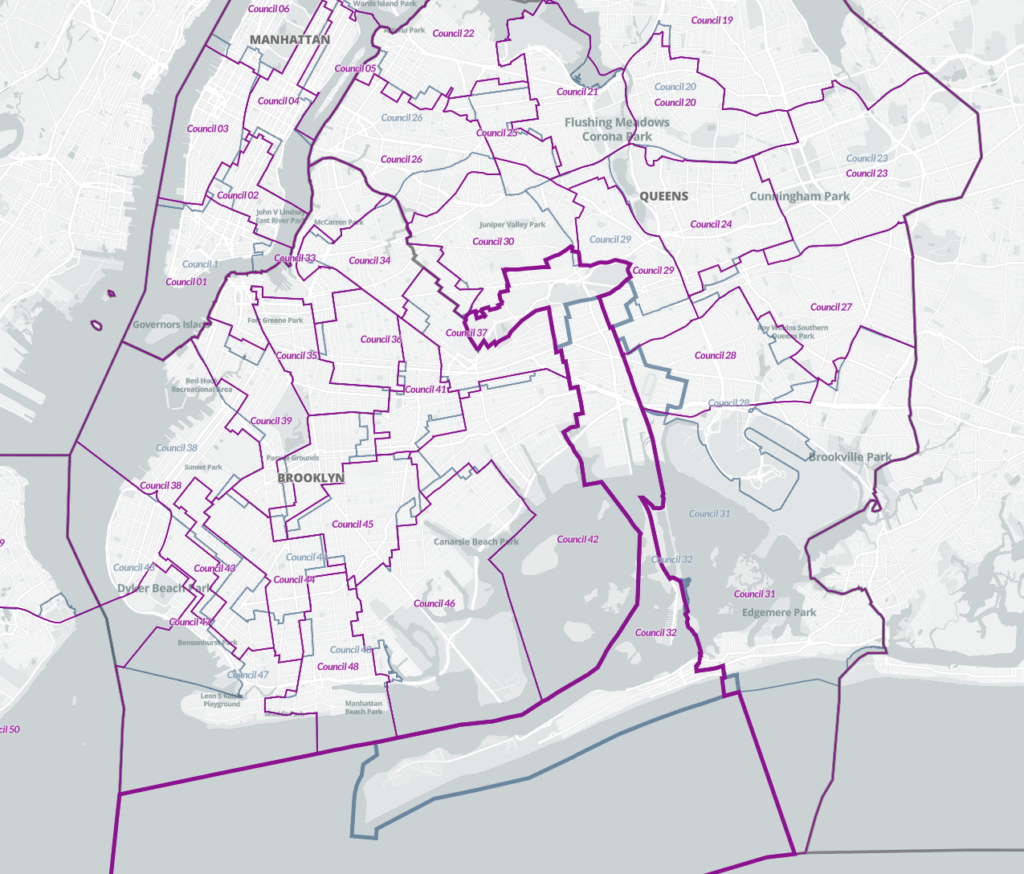
Ariola represents District 32. The grey lines are what she currently represents. If reelected in 2024, she would represent the area outlined in purple. (Map: NYC.redstrictingandyou.com, from the Graduate Center at CUNY)
While Ariola hasn’t represented Glendale before, she said one of the local issues she would focus on would be monitoring the Cooper Rapid Rehousing Center, which has drawn the ire of locals.
“I will work as hard for the Glendale homeless shelter, the one that is just across the border in Woodhaven as as I do for the one in Rockaway to make sure that the people who are running the shelters are held accountable for their their population, and that their population is not an at risk population for our host community,” said Ariola.
In response to a question about representing the new areas, Ariola noted that despite being in different nabes, her constituents have similar issues across the district.
“I realized that there are some areas that are more specific in their issues than others, but they don’t want the loud noise from cars,” she said. “So it’s noise complaints. It’s garbage complaints. It’s the fact that construction may be being done on a school.”



